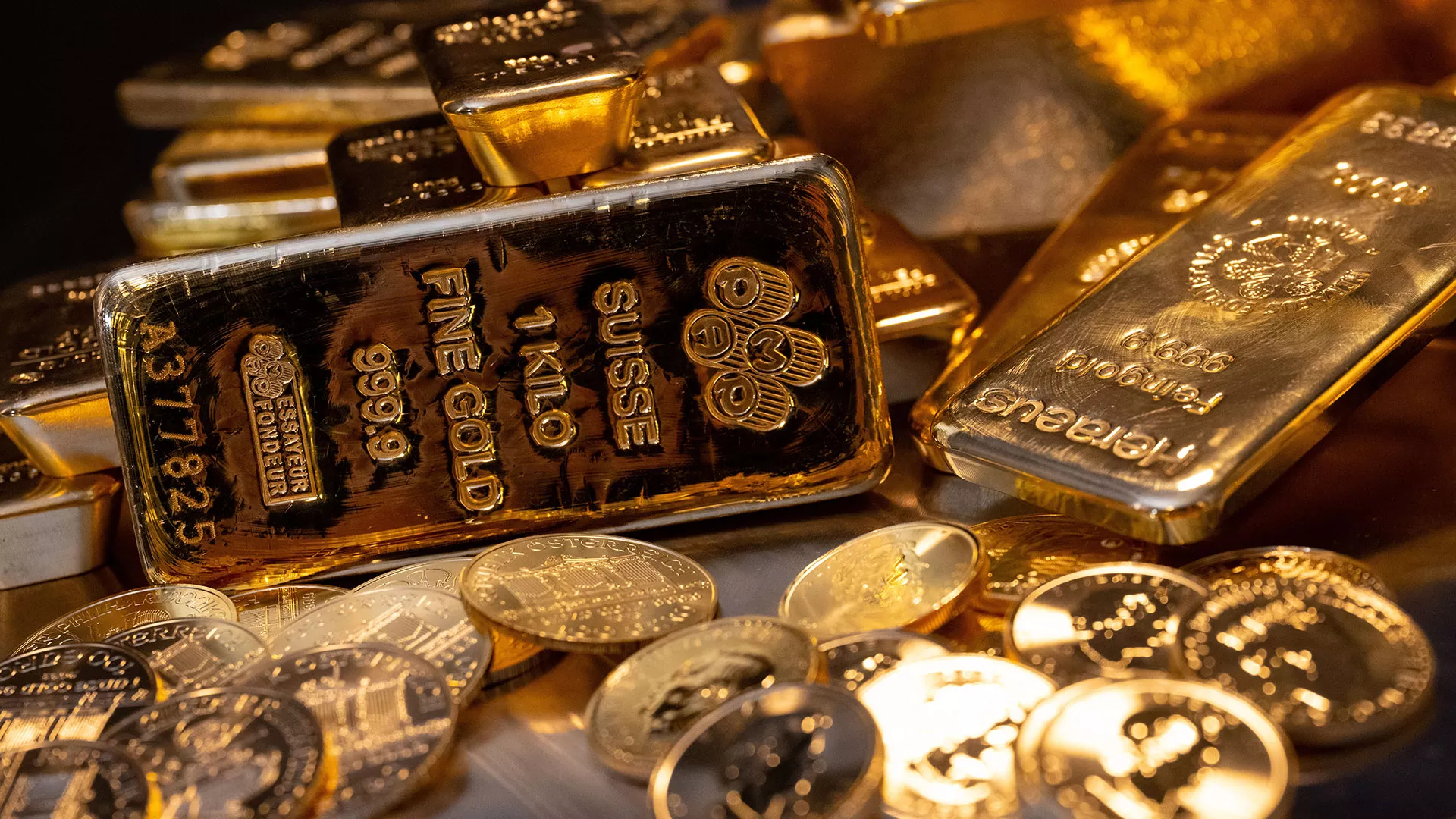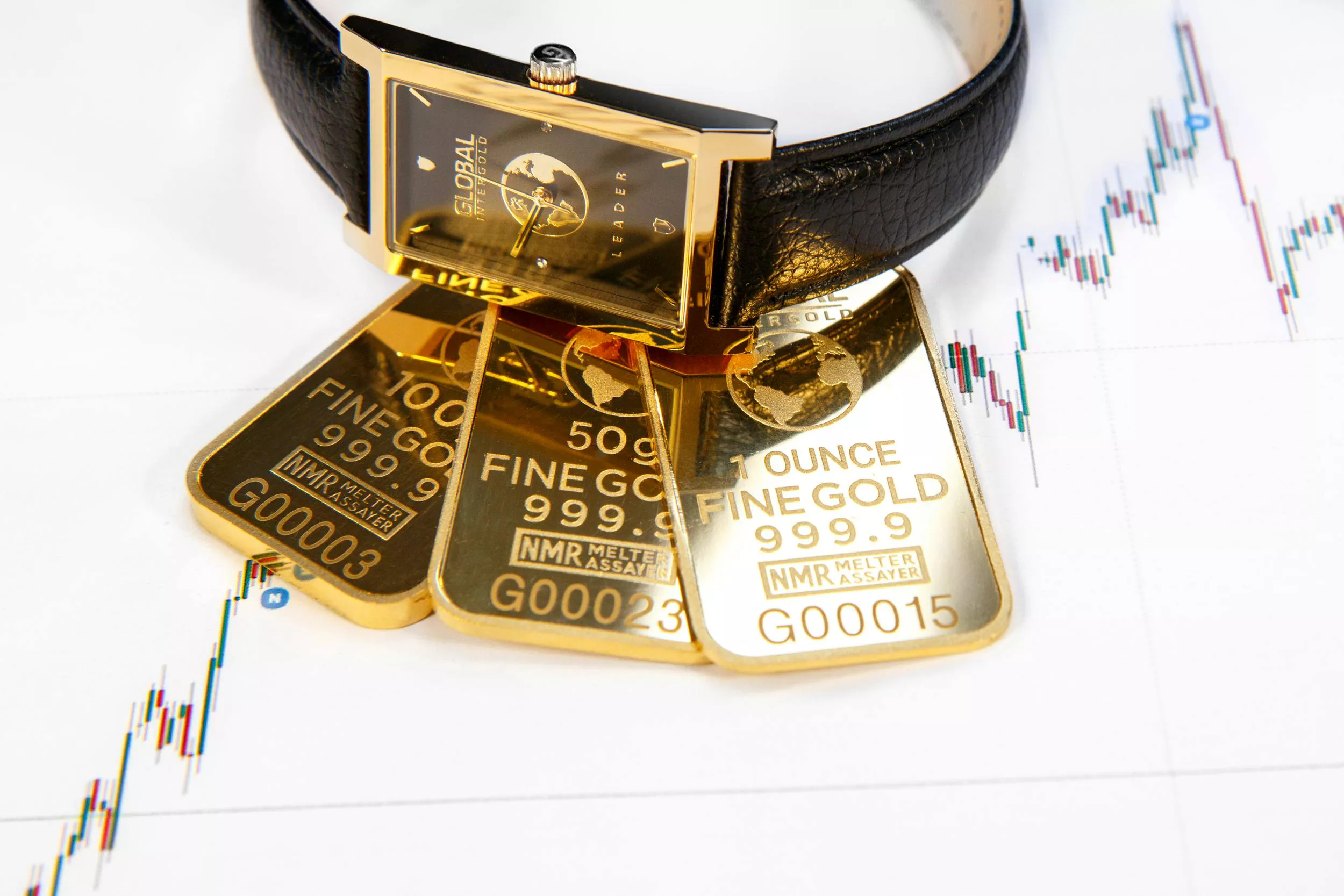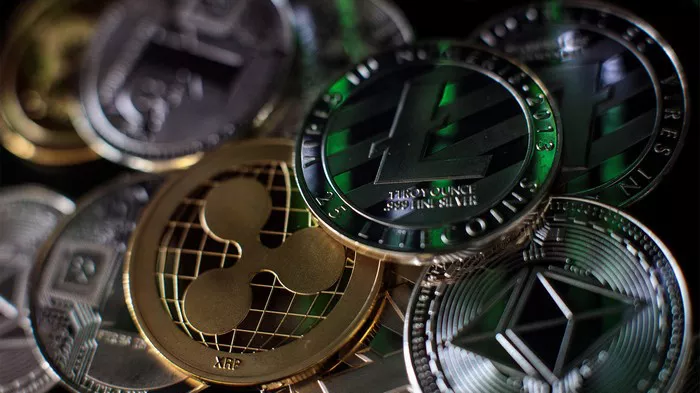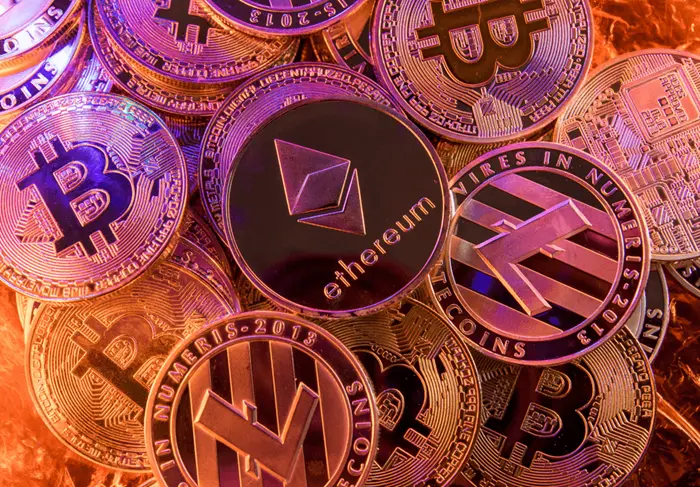Gold has been a symbol of wealth and a store of value for thousands of years. Investors often turn to gold during uncertain economic times or when inflation rises. Predicting the price of gold in the future can be complex, as it depends on a variety of factors. This article explores the potential future value of gold over the next five years, analyzing market trends, economic indicators, and expert predictions.
Understanding Gold as an Investment
The Historical Context of Gold
Gold has been used as a form of currency and a store of value for centuries. Its unique properties—scarcity, durability, and divisibility—make it an attractive asset. Historically, gold has been a safe haven during times of economic instability, geopolitical tensions, and inflation. Understanding the historical context of gold prices is essential for predicting future trends.
The Role of Gold in Investment Portfolios
Gold is often included in investment portfolios as a hedge against inflation and currency fluctuations. Investors typically allocate a small percentage of their portfolios to gold, viewing it as a way to diversify risk. Its performance can be uncorrelated with other asset classes, providing stability in turbulent market conditions.
Key Characteristics of Gold
Liquidity: Gold is a highly liquid asset. Investors can easily buy and sell gold in various forms, such as bullion, coins, or exchange-traded funds (ETFs).
Inflation Hedge: Gold is often considered a hedge against inflation. As the purchasing power of fiat currencies declines, the value of gold tends to rise.
Global Demand: The demand for gold is not limited to investment purposes. It is also used in jewelry, technology, and central bank reserves, contributing to its overall value.
Factors Influencing Gold Prices
1. Economic Indicators
Economic indicators play a significant role in determining the price of gold. Key indicators include:
Inflation Rates: Higher inflation often leads to increased demand for gold, driving prices up.
Interest Rates: Low-interest rates reduce the opportunity cost of holding gold, making it a more attractive investment.
GDP Growth: Strong economic growth can lead to lower demand for gold as an investment, while economic downturns may boost gold prices.
2. Geopolitical Tensions
Geopolitical events can significantly impact gold prices. Crises such as wars, political instability, and trade disputes can create uncertainty, leading investors to flock to gold as a safe haven. Historical examples include:
Global Financial Crises: During the 2008 financial crisis, gold prices surged as investors sought safety.
Tensions in the Middle East: Ongoing conflicts and tensions in oil-producing regions have historically driven gold prices higher.
3. Central Bank Policies
Central banks hold significant amounts of gold as part of their reserves. Their policies regarding gold purchases and sales can influence market prices. For example:
Quantitative Easing: Central banks implementing quantitative easing may lead to increased inflation expectations, boosting gold demand.
Interest Rate Changes: Changes in interest rates can affect the attractiveness of gold compared to interest-bearing assets.
4. Currency Strength
Gold is typically priced in U.S. dollars. Therefore, the strength of the dollar can influence gold prices. A weaker dollar makes gold cheaper for foreign investors, potentially increasing demand. Conversely, a strong dollar may lead to lower gold prices.
5. Supply and Demand Dynamics
The balance between gold supply and demand is a fundamental factor affecting prices. Key aspects include:
Mining Production: Global gold mining production impacts the overall supply. If production declines due to depletion of resources or rising costs, prices may increase.
Jewelry Demand: Jewelry accounts for a significant portion of gold demand, particularly in countries like India and China.
Investment Demand: The demand for gold ETFs and bullion can fluctuate based on market conditions and investor sentiment.
Expert Predictions for Gold Prices in 5 Years
Historical Trends
Examining historical gold price trends can provide insights into future performance. For example, the price of gold has generally increased over the long term. Significant events, such as economic crises and geopolitical tensions, have often led to sharp increases in gold prices.
Analysts’ Forecasts
Various analysts and financial institutions provide forecasts for gold prices based on current economic conditions and market trends. While predictions can vary, several key themes emerge:
Long-Term Bullish Outlook: Many analysts maintain a bullish outlook for gold in the long term. Factors such as rising inflation, increasing geopolitical tensions, and ongoing central bank policies are expected to drive demand.
Volatility in the Short Term: Short-term fluctuations in gold prices are expected due to changing economic indicators and market sentiment. However, a general upward trend is anticipated over five years.
Considerations for Investors
When considering the future value of gold, investors should keep the following factors in mind:
Diversification: Maintaining a diversified portfolio can help mitigate risks associated with gold investments.
Market Timing: Attempting to time the market can be challenging. A long-term investment strategy may be more effective than short-term trading.
Monitoring Economic Indicators: Staying informed about economic trends and geopolitical events can help investors make informed decisions about their gold investments.
See Also: What is the Spot Gold Price?
Potential Price Scenarios for Gold
Scenario 1: Bull Market
In a bull market scenario, the following conditions may prevail:
Rising Inflation: Persistent inflation could lead to increased demand for gold as a hedge.
Geopolitical Unrest: Heightened tensions could drive investors to seek safe-haven assets.
Central Bank Policies: Continued accommodative monetary policies may support higher gold prices.
Under this scenario, gold prices could potentially reach $3,000 per ounce or higher within the next five years.
Scenario 2: Bear Market
In a bear market scenario, the following conditions may arise:
Economic Recovery: A strong economic recovery could reduce demand for gold as investors turn to riskier assets.
Rising Interest Rates: If central banks raise interest rates significantly, the opportunity cost of holding gold may increase.
Stronger Dollar: A robust U.S. dollar could put downward pressure on gold prices.
In this scenario, gold prices could stabilize or decline to around $1,500 to $1,800 per ounce.
Scenario 3: Stagnant Market
In a stagnant market scenario, the following factors may be at play:
Mixed Economic Signals: Moderate inflation and stable economic growth may result in fluctuating gold prices without significant upward or downward momentum.
Steady Demand: Demand for gold may remain stable but not rise significantly.
Under this scenario, gold prices may hover around $2,000 to $2,300 per ounce.
Conclusion
Predicting the future value of gold is inherently uncertain. Factors such as economic indicators, geopolitical tensions, central bank policies, currency strength, and supply and demand dynamics will all play crucial roles in shaping gold prices over the next five years.
While some analysts remain bullish on gold’s long-term prospects, potential bear market scenarios cannot be ignored. Investors should consider their risk tolerance and investment strategies when incorporating gold into their portfolios.
Monitoring economic developments and staying informed about market trends will be essential for making informed decisions about gold investments. Regardless of the uncertainties, gold has historically been a reliable store of value, making it a valuable asset in many investment portfolios.
Related topics:



































